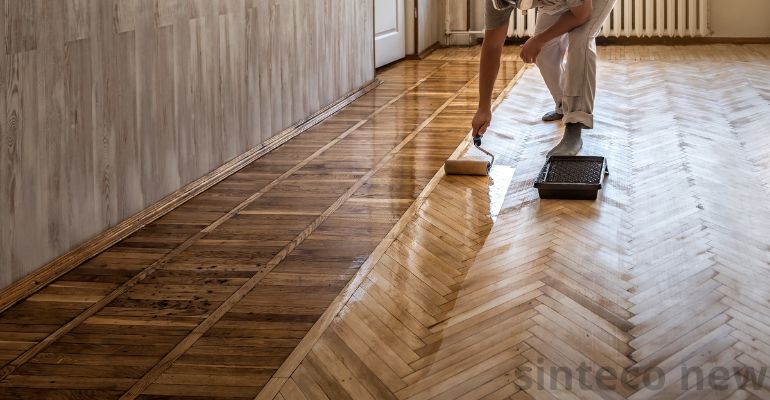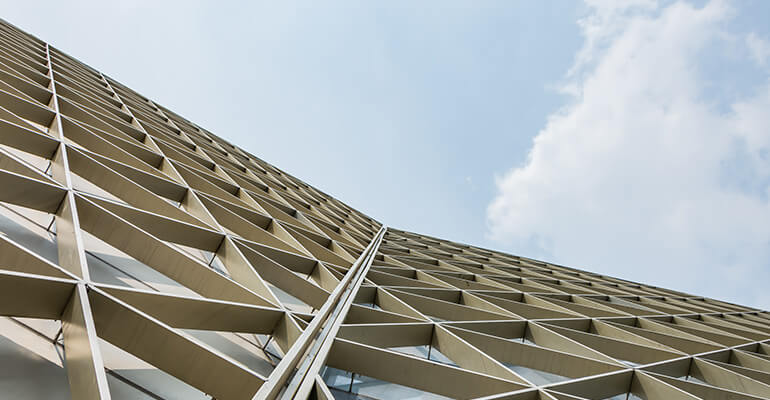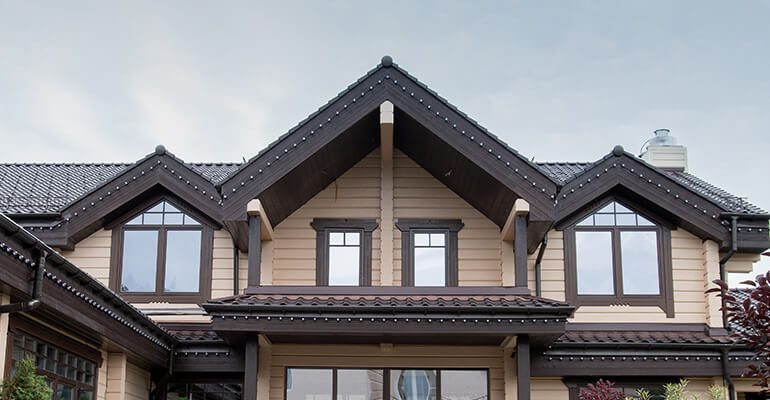Aplicação de Sinteco
O que é Aplicação de Sinteco?
A aplicação de sinteco é um processo essencial para a manutenção e revitalização de pisos de madeira. Este procedimento envolve a utilização de um acabamento especial, baseado em resinas, que proporciona proteção, brilho e um toque refinado ao piso. O sinteco não apenas embeleza o ambiente, mas também protege a madeira contra desgastes e fatores externos, como umidade e arranhões.
Além disso, o sinteco é oferecido em diferentes acabamentos, como brilhante, fosco ou semibrilhante, permitindo que cada cliente escolha o estilo que melhor combina com o design de seu espaço.
Benefícios da Aplicação de Sinteco
A aplicação de sinteco traz inúmeros benefícios para o piso e o ambiente como um todo:
- Proteção contra Desgaste: Cria uma camada protetora que evita riscos e danos causados pelo uso diário.
- Durabilidade: Prolonga a vida útil do piso, tornando-o mais resistente ao tempo.
- Estética Renovada: Restaura o brilho e a beleza natural da madeira.
- Higiene: Facilita a limpeza e impede o acúmulo de sujeira nas fibras do piso.
Essas vantagens tornam o sinteco a escolha ideal para quem deseja manter a sofisticação e a funcionalidade dos pisos de madeira.
Como Funciona o Processo de Aplicação de Sinteco
Aplicar sinteco requer um trabalho cuidadoso e em etapas bem definidas para garantir um resultado impecável:
- Preparação: O ambiente deve estar vazio, e o piso, limpo.
- Lixamento: O piso é lixado para nivelar a superfície e remover resíduos antigos.
- Aplicação do Produto: O sinteco é aplicado com técnicas específicas, garantindo uma cobertura uniforme.
- Secagem e Acabamento: Após a aplicação, o piso precisa de tempo para secar antes de ser utilizado.
Cada etapa é crucial para garantir um acabamento de alta qualidade e longa durabilidade.
Quando Fazer a Aplicação de Sinteco?
Se o piso de madeira apresenta riscos profundos, falta de brilho ou áreas desgastadas, é hora de considerar a aplicação de sinteco. Este serviço também é indicado após reformas ou quando se deseja renovar o ambiente.
Quanto Custa Aplicar Sinteco?
Os custos variam de acordo com fatores como:
- O tipo de sinteco escolhido (brilhante, fosco, semibrilhante).
- O estado do piso e a área total.
- A complexidade do trabalho e o profissional contratado.
Em média, o investimento compensa pelos resultados duradouros que proporciona.
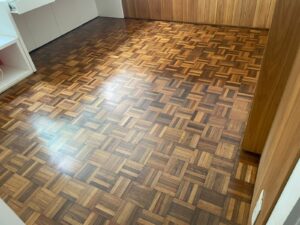
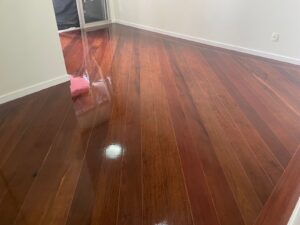
A aplicação de sinteco renova o piso de madeira, trazendo brilho e proteção. Saiba tudo sobre o processo e solicite um orçamento!
Roof maintenance plan
A roof maintenance plan is an essential part of keeping your home or commercial building in good repair. Regular maintenance can extend the life of your roof and prevent costly repairs or replacements in the future. Here is a roof maintenance plan that you can follow to keep your roof in top condition:
Inspect your roof regularly: It is important to inspect your roof at least twice a year, or after any major storms. Look for missing, damaged, or curled shingles, as well as any other signs of wear or damage. Pay particular attention to the areas around vents, chimneys, and flashing. If you are unable to safely inspect your roof on your own, hire a professional to do it for you.
If you notice significant damage to your roof or if you are unsure how to properly maintain it, it is best to hire a professional roofing contractor.
Remove leaves, twigs, and other debris from your roof regularly. These can trap moisture and cause damage to your roof. You can use a roof rake or a leaf blower to remove leaves and other debris from your roof.
Overhanging trees and branches can damage your roof, especially during wind and storms. Trim back any trees or branches that are close to your roof to prevent damage.
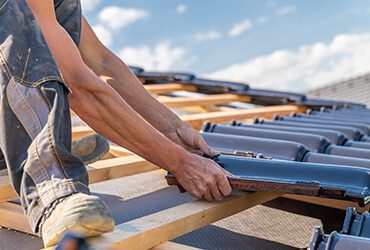
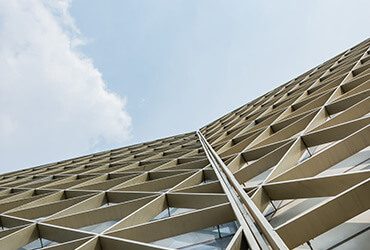
If you notice any damage to your roof, it is important to repair it as soon as possible to prevent further damage. This may involve replacing damaged shingles, repairing flashing, or sealing any gaps or cracks.
Proper attic ventilation is important for the health of your roof. It helps to prevent moisture build-up and reduces the risk of ice dams in the winter. Make sure your attic has proper ventilation to keep your roof in good condition.
Installing the new Roofing
Systems by Experts
Installing a new roofing system can be a significant investment, but it is an important aspect of maintaining the integrity and value of your home or business. A new roof can provide improved protection against the elements, enhance the appearance of your property, and increase energy efficiency. In this article, we will discuss the process of installing a new roofing system, including the steps involved and the factors to consider.
Before installing a new roof, it is important to assess the condition of the existing roof. This may involve visually inspecting the roof for signs of damage or wear, such as missing shingles, leaks, or rot, and performing tests to identify any underlying issues. A professional roofing contractor can provide a comprehensive assessment of the roof and recommend the best course of action, whether it be repair or replacement.
Installing a new roofing system is a major undertaking, but it can provide significant benefits for the protection, appearance, and energy efficiency of your home or business.
There are many different types of roofing materials to choose from, including asphalt shingles, metal, tile, and rubber. Each material has its own unique set of benefits and drawbacks, and the right choice will depend on the specific needs and budget of your project.
Before installing a new roof, the roof deck must be prepared to ensure a solid foundation for the new roofing system. This may involve repairing or replacing damaged or rotten decking, adding additional insulation or ventilation, or installing a moisture barrier.


Once the roof deck is prepared, the new roofing material can be installed. This process will vary depending on the type of material being used, but typically involves laying down a base layer of material, such as underlayment or flashing, followed by the top layer of roofing material. It is important to follow proper installation techniques and use the right tools and equipment to ensure a secure and long-lasting roof.
To ensure the longevity and performance of your new roof, it is important to follow a regular maintenance and repair schedule. This may involve cleaning the roof, inspecting for damage, and making repairs as needed. A professional roofing contractor can provide guidance on the appropriate maintenance schedule for your specific roofing material and location.
Balancing ventilation
Balancing ventilation is the process of ensuring that your home has the right amount of ventilation to maintain optimal conditions in the attic. Proper ventilation helps to regulate the temperature and moisture levels in your attic, preventing issues such as mold, rot, and ice dams. Here are eight key points to consider when it comes to balancing ventilation in your home.
Balancing ventilation is important for the health and efficiency of your home. Without proper ventilation, the temperature and moisture levels in your attic can become too high or too low, leading to a range of issues.
Types of ventilation: There are several different types of ventilation systems available, including static vents, wind turbines, and ridge vents. Static vents are passive ventilation systems that rely on the natural flow of air to ventilate the attic. Wind turbines are active ventilation systems that rely on the wind to turn a fan and ventilate the attic. Ridge vents are installed along the ridge of a roof and allow for the natural flow of air through the attic.
Proper maintenance is important for the longevity and effectiveness of your ventilation system. This may involve cleaning the vents regularly and checking for any damage or issues.
It’s important to choose the right size and number of ventilation systems for your home. Factors to consider include the size of your attic, the type of ventilation system being used, and the climate you live in.
Balancing the intake and exhaust of your ventilation system is important for optimal attic conditions. Intake vents, such as soffit vents, allow air to enter the attic, while exhaust vents, such as static vents or wind turbines, allow air to escape. Ensuring that the intake and exhaust vents are properly balanced can help to regulate the temperature and moisture levels in your attic.


Location: The location of your ventilation system can also impact its effectiveness. Ventilation systems should be placed in areas that allow for effective airflow, such as along the eaves or gables of the roof.
Ventilation systems are typically made from durable materials such as metal or plastic. Metal vents are known for their longevity and resistance to extreme weather, while plastic vents may be more affordable but may not be as durable.

